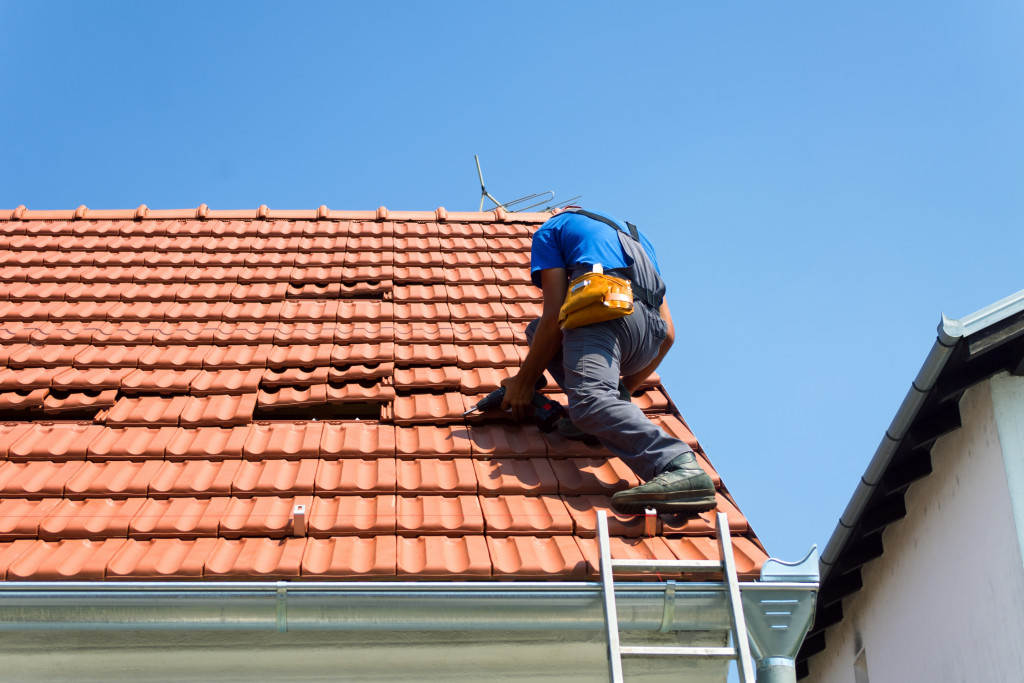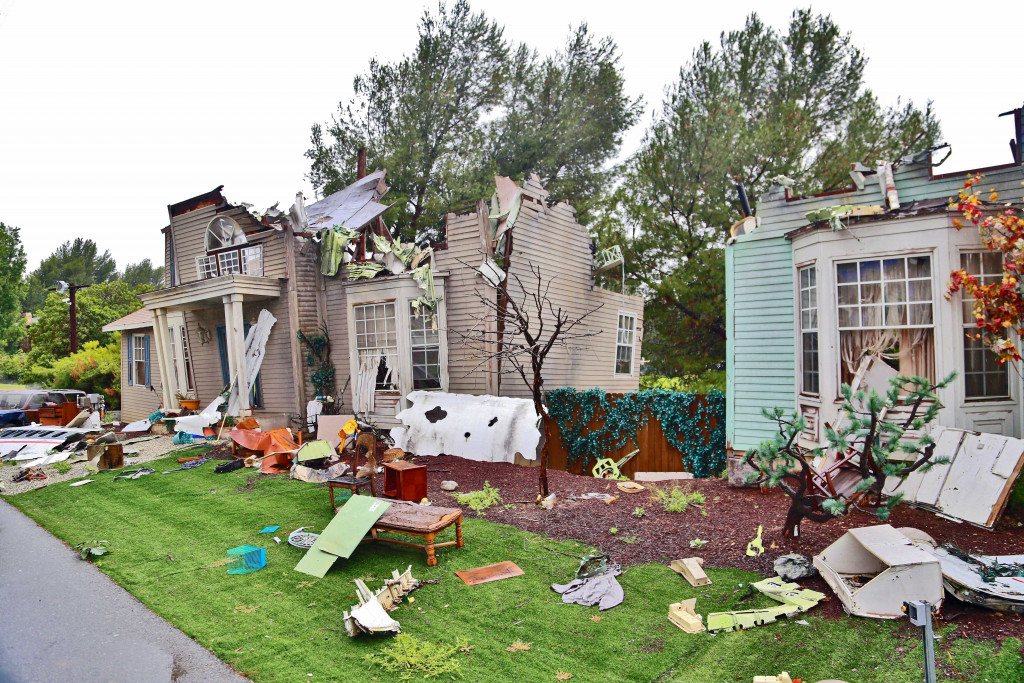- Doing the repairs on your storm-damaged home yourself can help significantly reduce expenses.
- Assess the damage caused by storms to identify what needs to be fixed.
- Identify DIY projects that can be performed with basic carpentry and handyperson skills.
- Replace roof shingles, clean up after floods, repair windows/doors, and reinstall gutters/downspouts.
- Seek professional services for severe damages to ensure safe and quick home repair.
Storms can devastate homes, often resulting in costly repairs and replacements. According to FEMA, severe storms caused almost $18 billion in damages to US households between 2011 and 2013. Last year alone, there were more than 9,000 reported deaths due to natural disasters, with over 80 percent being attributed to tropical cyclones, floods, and other storm-related events.
The damage caused by storms is extensive. Storm winds can cause physical destruction like fallen trees or torn roofs that must be repaired or replaced. High winds also have the potential to lift debris and send it flying through windows and doors, causing further damage inside a home. Heavy rain is another factor that causes storm-related destruction. It can quickly flood basements and living areas, resulting in water damage that must be addressed promptly to prevent mold growth and other water-related issues. Severe storms can also cause power outages, making everyday life difficult and potentially leading to further damage if left without electricity for extended periods.
Recovering your home will require many steps, but you might find hiring a professional to do it expensive. If you have enough skills, you can perform DIY in your home after a storm. Here are some of the steps you can take:
Assess the Damage

After a storm, it is critical to assess the damage before beginning repairs. This will help you determine what needs to be fixed and prioritize tasks based on danger levels and urgency. Evaluating the damage also enables you to prepare for potential additional costs that may arise, depending on how extensive the repairs are.
Inspecting the home’s exterior and interior is essential when assessing the damage. Looking at roofing, siding, gutters, windows, doors, porch steps, stairs, and walkways is crucial in determining any structural damage that may have occurred due to wind or other physical destruction caused by flying debris. Look for any missing shingles or loose materials around your home’s foundation.
The home should be inspected for water damage and any electrical hazards caused by flooding or power outages. Check all major appliances like refrigerators, washing machines, ovens, and air conditioners for water damage or malfunction. Walls and ceilings should also be checked for signs of water seeping in from outside or leaking pipes. It is important to note if any mold has begun forming in damp areas of your home after a storm, as this can cause health issues and significant repair costs later on if ignored.
Identify Possible DIY Projects

After a storm, homeowners are faced with restoring their homes. Many people may turn to professional contractors, but it can be more cost-effective to perform DIY repairs in some cases. Identifying which repairs are possible to DIY is essential to save money and time while maximizing the safety and quality of the repair. Here are a few DIY projects that can be done after a storm.
Replacing Roof Shingles
Replacing roof shingles is essential in restoring your home after a storm. High winds can cause loose or missing shingles, creating openings for water damage. It is necessary to address these issues promptly so that water does not seep into your home’s interior and cause more extensive damage. Replacing roof shingles requires basic carpentry skills and tools such as hammers, nails, and trowels.
Clean-up After Floods
Floods are one of the most devastating storms that can hit home. Severe flooding can cause extensive damage from mold growth or rotting wood if left untreated. After flooding, one of the main tasks is removing damaged materials like carpeting, drywall, insulation, floorboards, and furniture. This type of clean-up may be too laborious for one person alone; therefore, enlisting help from family members or friends when possible can make this process much smoother.
Making Repairs to Windows & Doors
High winds caused by storms often result in broken windows and doors that must be replaced or repaired quickly to maintain weatherproofing around the property and prevent further damage from occurring inside the home. Making repairs to window frames and doors requires carpentry skills such as measuring, cutting wood pieces accurately with hand tools, and installing hardware correctly, including hinges and locksets for doors and latching mechanisms for windows.
Reinstalling Gutters & Downspouts
High winds have the potential to tear off gutters from roofs or detach downspouts from walls due to loose connections caused by rust or other environmental factors over time; therefore, making sure all gutters and downspouts are securely attached after a storm is critical in avoiding further damages due lack of proper drainage around your home’s foundation. Reinstalling gutters will require basic handyman skills, including measuring out sections correctly with tools like levelers.
Seek Professional Services
While it might be ideal to DIY the entire process to save money, severe damages might require professional services. In such cases, it is best to seek help from reliable and experienced contractors to ensure the repair is done correctly and safely.
A professional storm damage repair service can help you recover your home safely and quickly. They specialize in fixing roofing, siding, gutters, windows, doors, decks, stairs, porches, and garages. These experts have the experience to diagnose and address any issues related to storm-related damages while offering preventative maintenance services to protect your home against future disasters.
Final Thoughts
Storms can cause severe damage to a home, but with the right skills and resources, you can successfully rebuild and restore your home. DIY is possible after a storm as long as you have sufficient knowledge and abilities, but if the repairs are too extensive or large-scale, it might be best to hire a professional service. In either case, assessing the damages first will help you create an appropriate action plan for restoring your home to its original state. These steps will ensure your home is secure and safe from future storms.

